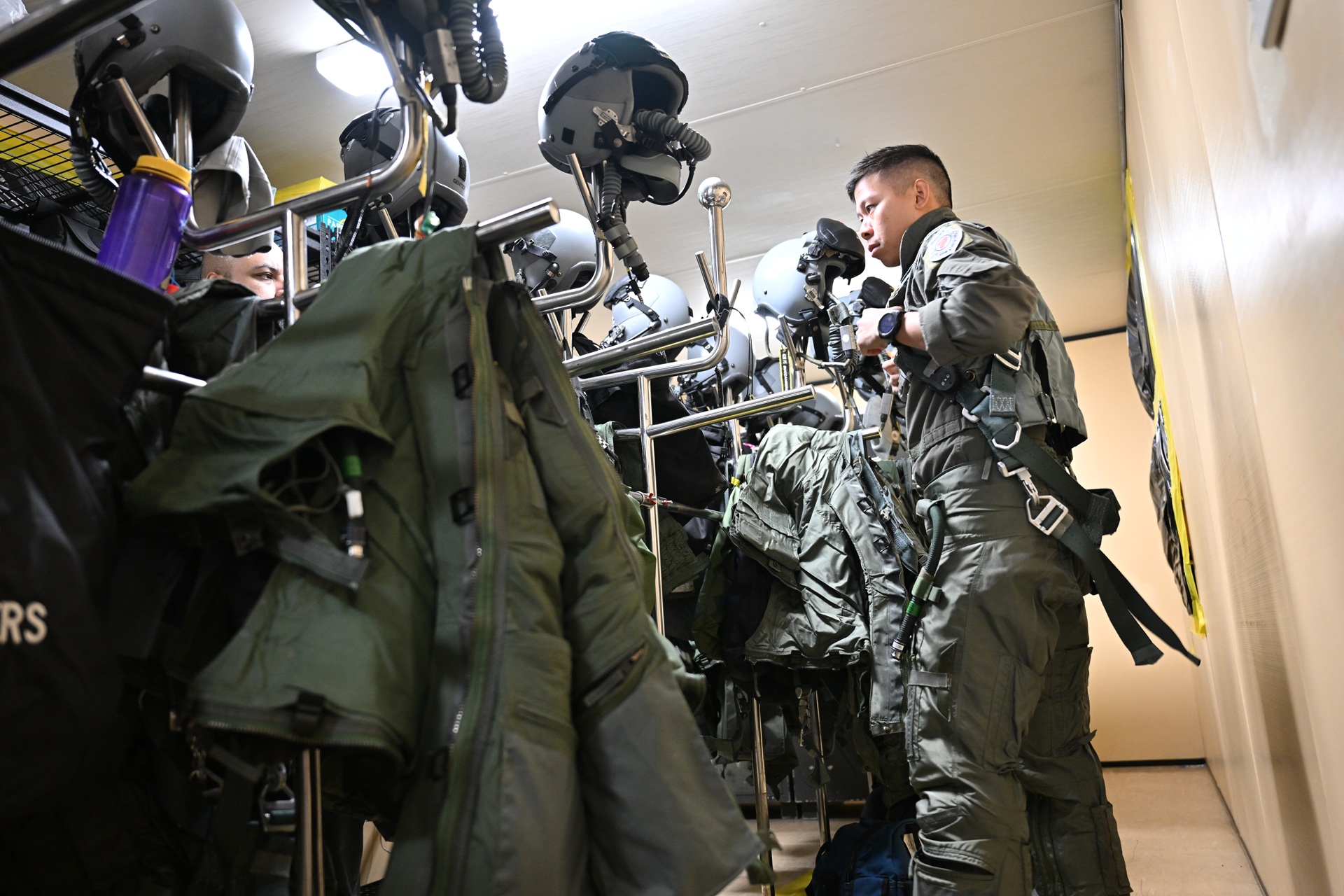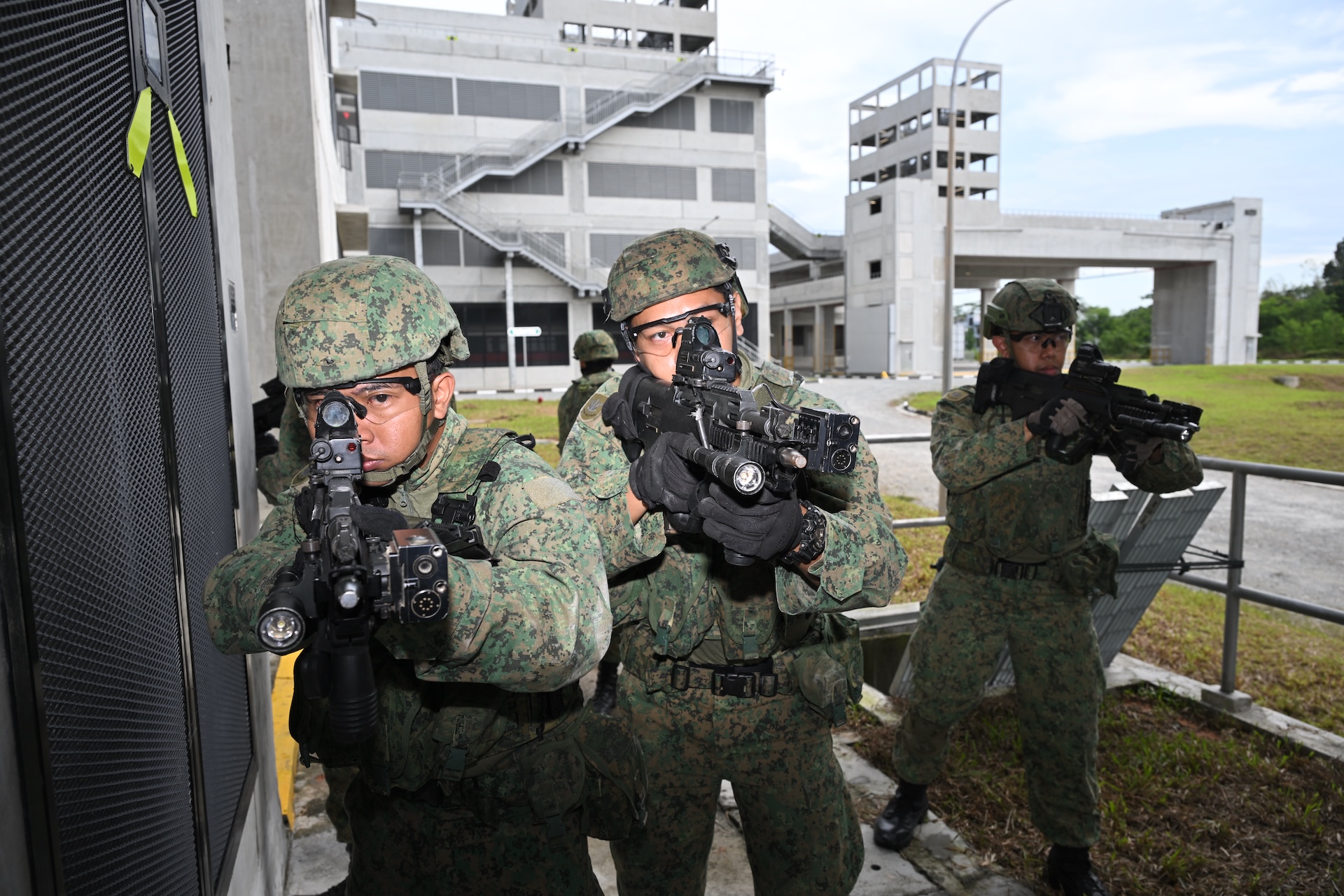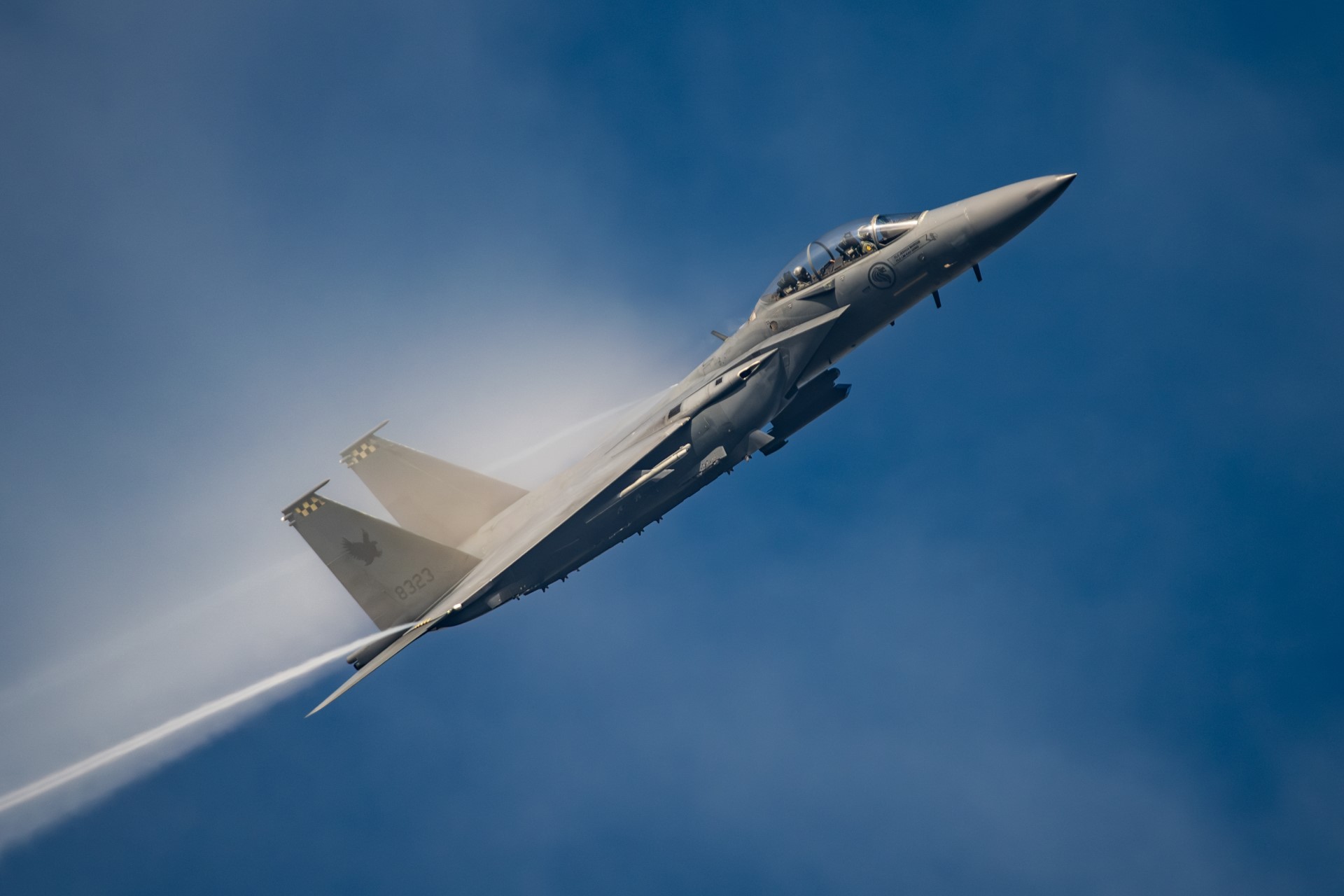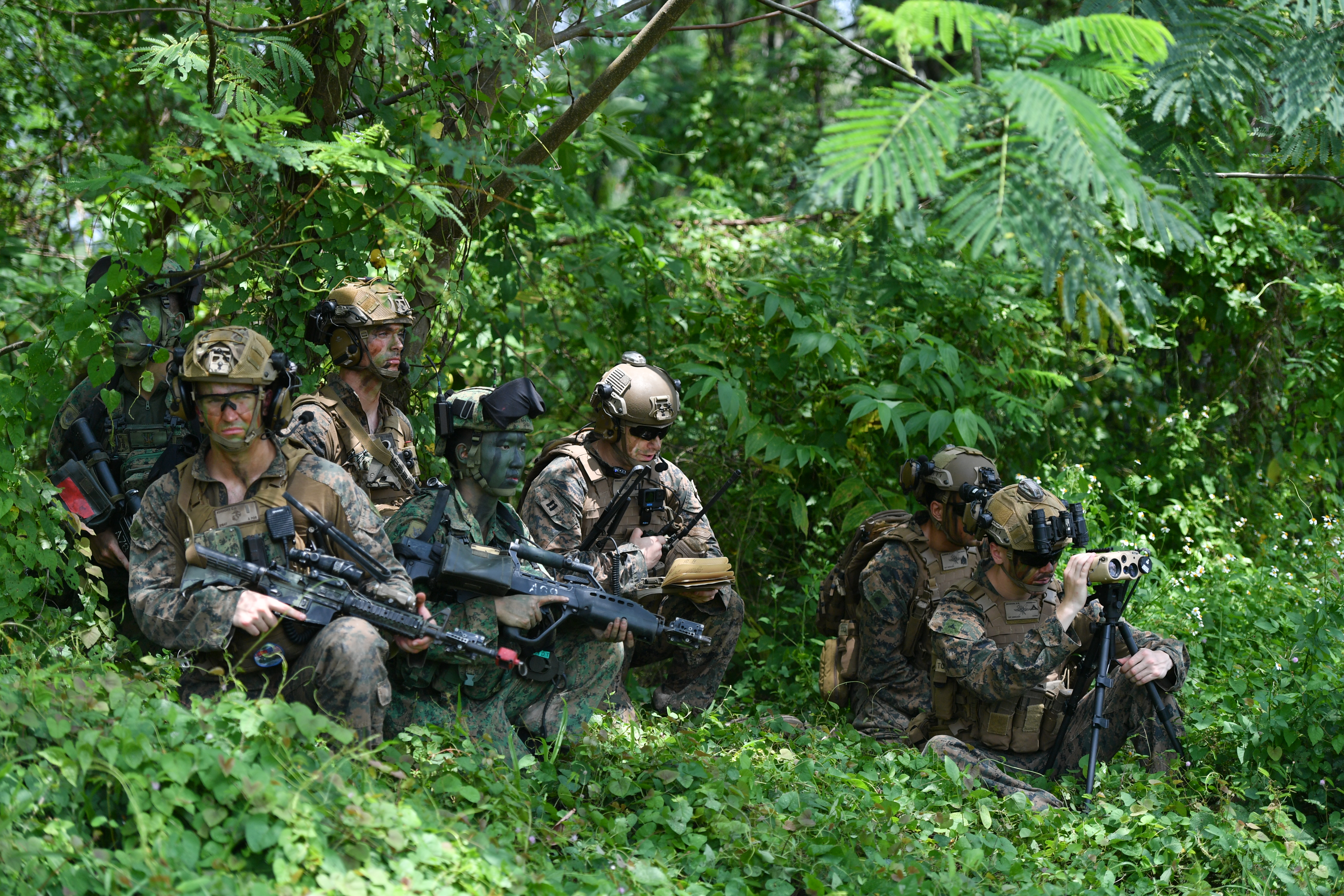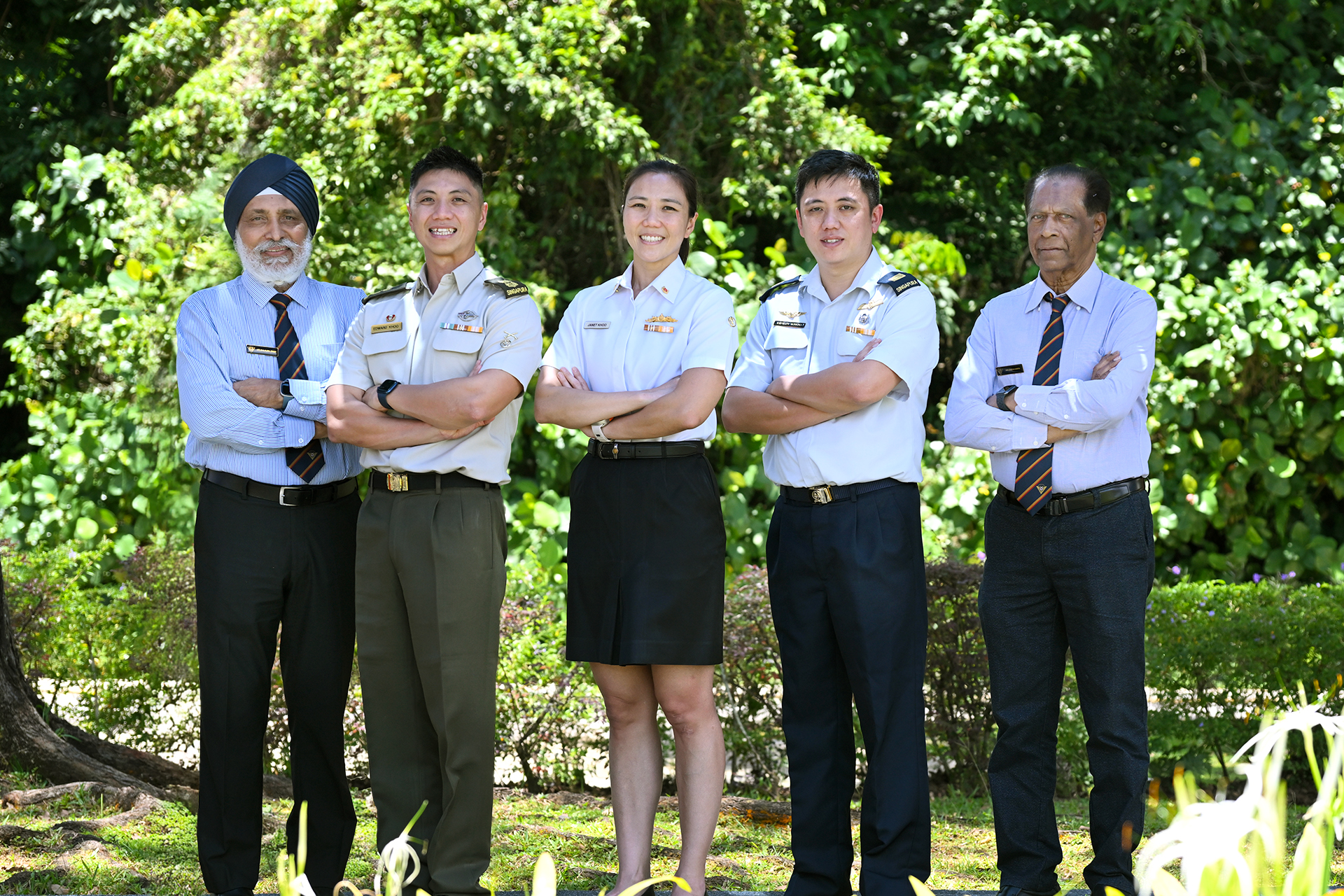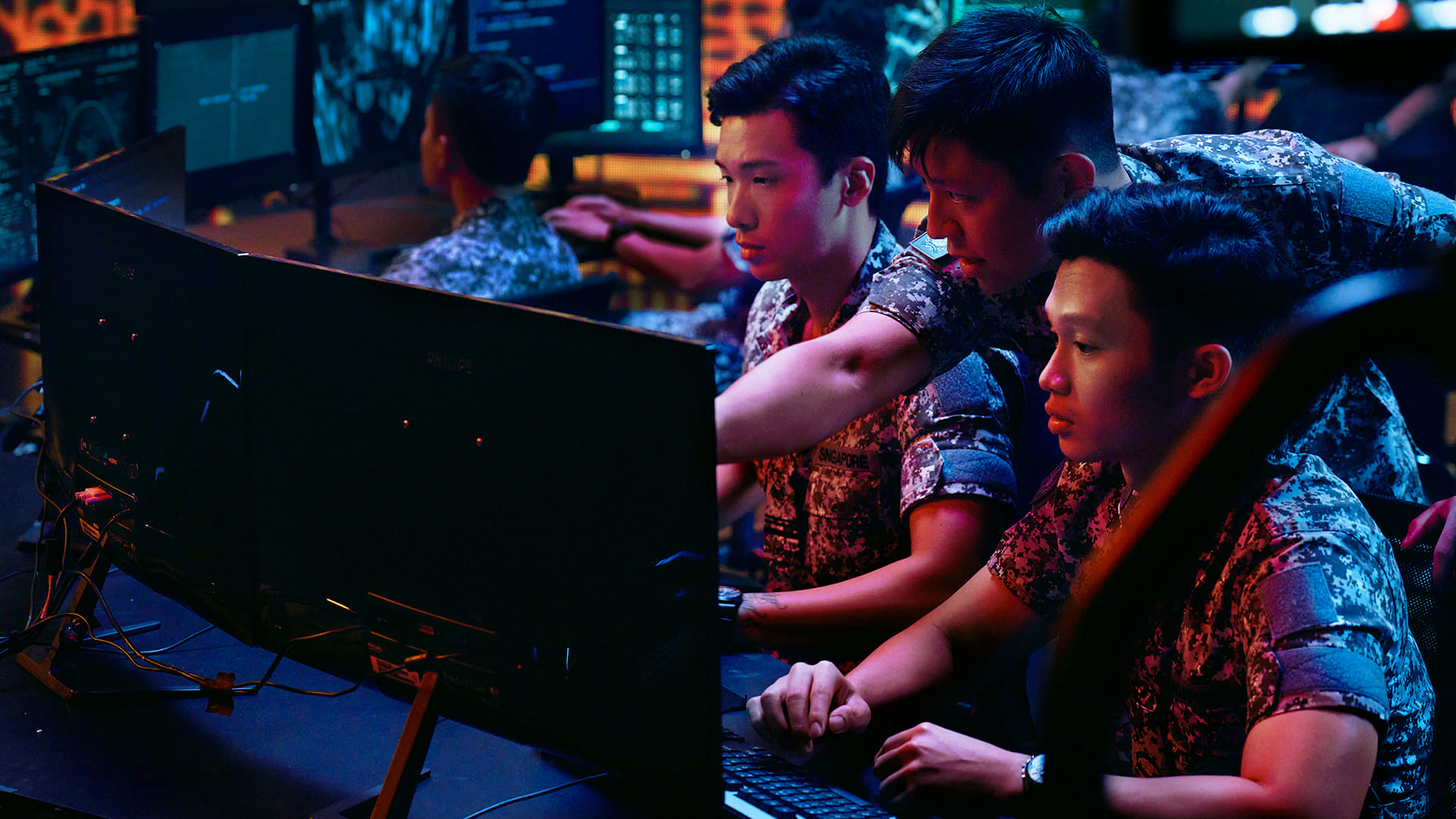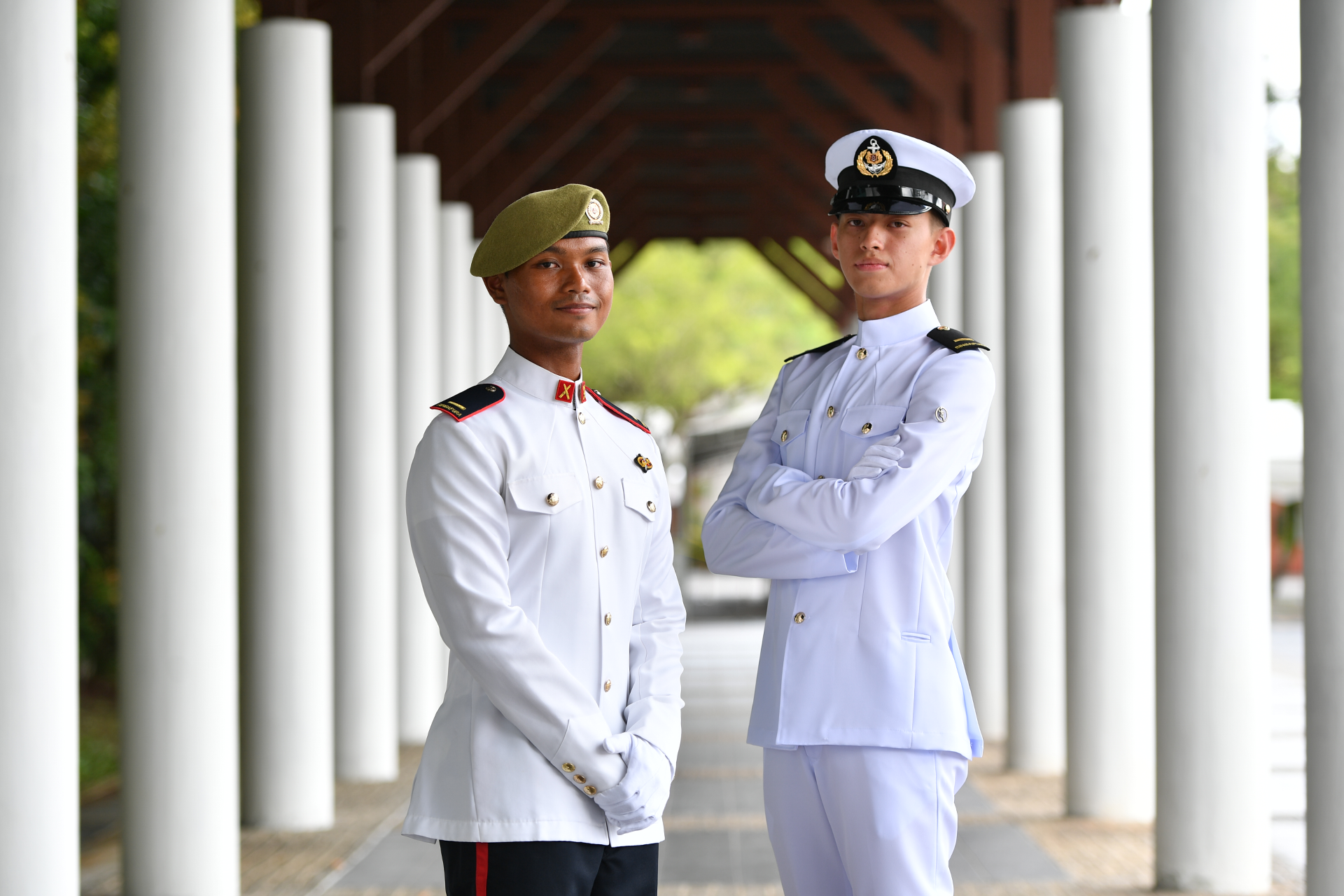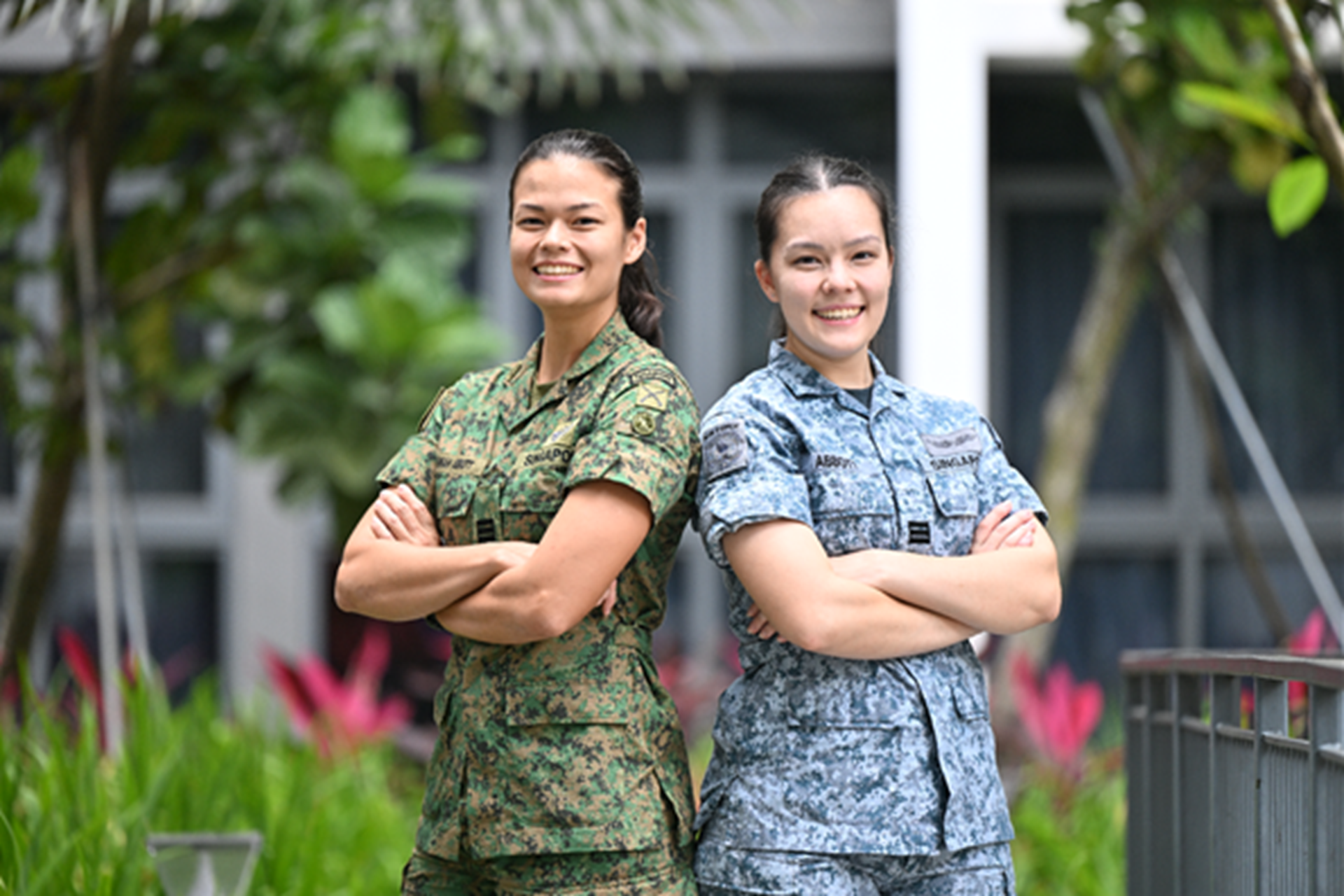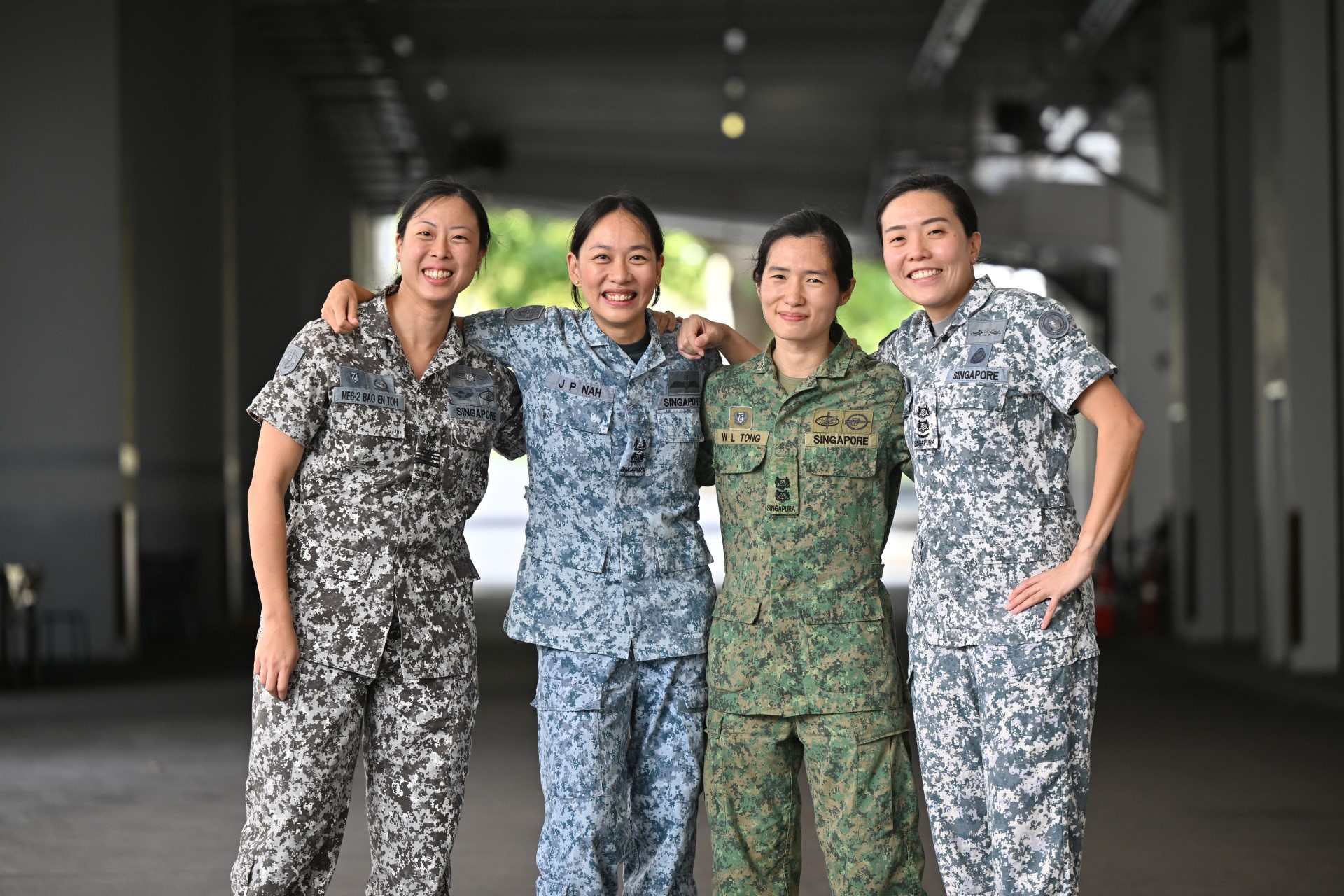Fighting the G-monster
What special gear do pilots wear to keep themselves flying fit?
// STORY BY BENITA TEO / PHOTOS BY CHAI SIAN LIANG / GRAPHIC LAYOUT BY LAWRENCE CHIAM
Pilots always look impressive flying their fighter jets through the air at high speeds and performing gravity-defying manoeuvres.
But did you know that flying at such extreme levels of acceleration (also known as G-forces) puts intense pressure on their bodies? Without the right equipment, the effects of G-force can have devastating effects on the body that may lead to “gravity-induced loss of consciousness” (GLOC) or blacking out.
That’s why, in addition to learning certain training techniques, pilots need to be well-kitted up to keep themselves safe from top to toe.
Full-coverage anti-G trousers (FCAGT)
Sometimes called a “G-suit” or “Anti-G suit”, these trousers (pictured above, left) are integral in helping pilots combat the effects of G-force while flying at high speeds.
Inside the trousers is a large “bladder” running from the abdomen down to the legs that can be filled with air. When inflated, it creates pressure around the lower part of the body. This prevents the pooling of blood in the lower limbs and inadequate blood flow to the brain, which helps the pilot to keep conscious.
Harness
If an emergency ejection scenario occurs, the pilot will attach a parachute to this harness (above, right), which is worn over the flight suit.
Helmet
This helmet (pictured above, centre) does more than just protect the pilot’s head from bumps. It also contains an oxygen mask that connects to the aircraft’s on-board oxygen generation system, allowing the pilots to breathe while up in the air where oxygen is thin.
Custom-fitted to suit each individual pilot, the helmet cushions the head to reduce pressure from fast acceleration, and provides protection against noise.
Its tinted visor keeps the sun’s rays from the pilot’s eyes. A headset that connects to the aircraft allows the pilot to maintain communication.
Gloves
Like the flight suit worn by pilots, these gloves (above, left) are fire-resistant. They keep the pilot’s hands from being exposed, and protected in the event of a fire.
Helmet bag
This personalised bag (above, right) is used to carry the pilot’s helmet and gloves.
Publications bag and books
These books include airfield approach charts, emergency procedure checklists and other reference materials that the pilot may need to refer to while in flight.
Pilot’s survival kit
This is a kit (pictured above, top left) that a pilot hopes never to have to use. Inside this pack are over 20 items, that will help pilots survive and navigate their way to safety in the event of a crash.
The items include survival essentials like food, water and desalter to make seawater drinkable; flares and a whistle to signal for help; and even a life raft to help them stay afloat at sea until help comes.
Water bottle
This bottle (above, bottom left) is for hydrating. With air-to-air refuelling allowing for longer flights, pilots must remember their fluids. Dehydration can lead to problems like headaches as well as reduced endurance and G-force tolerance, which can compromise their operational effectiveness.
Pilot relief bag
What happens after hydrating. This little bag (above, right) – known informally as a “piddle bag” – allows pilots to go while on the go. Hydrophilic granulated powder within absorbs liquids while the air-tight sealing system traps waste and odour.
Get ready with CPT Lim as he gears up for flight!
